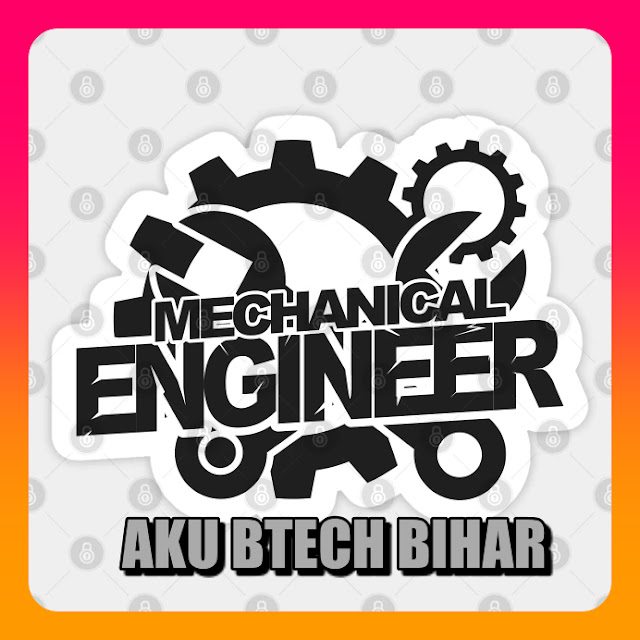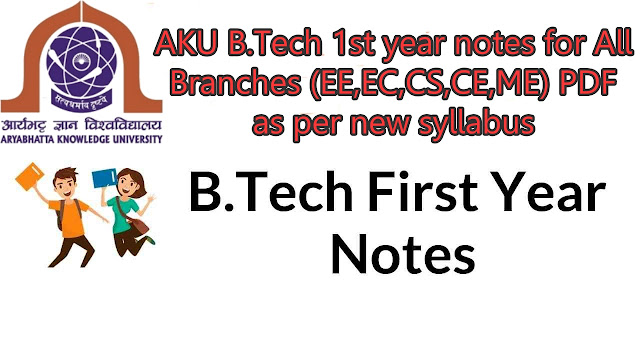NPTEL Introduction To Internet Of Things Assignment 9 Answers 2023 (July-Oct)
Welcome to the world of NPTEL's Introduction To Internet Of Things Assignment 9 for 2023 (July-Oct) focusing on Cloud Computing and Sensor-Cloud. In this article, we'll delve deep into this assignment, providing you with answers, insights, and valuable information that will help you navigate through this challenging yet fascinating subject. So, let's embark on this educational journey together.
Unveiling NPTEL Introduction To Internet Of Things Assignment 9
Exploring Cloud Computing in IoT (Internet of Things)
IoT has revolutionized the way we connect and communicate with the world around us. NPTEL's Assignment 9 takes you into the heart of Cloud Computing within the IoT realm. This section will give you a detailed overview of what Cloud Computing entails in IoT and its significance in today's digital landscape.
Here are the answers to your questions:
1. Which component of OpenStack do you use to access all the other components?
Answer: a. Horizon
2. Which among the following is NOT a component of OpenStack?
Answer: c. Plasma
3. Sensor cloud is simply dumping and organizing sensor data on cloud computing platforms.
Answer: b. False
4. Which among the following are limitations of traditional Wireless Sensor Networks (WSNs)?
Answer: d. All of the given
5. In a typical sensor cloud architecture, the sensor cloud infrastructure that provides the virtualization lies ______________________________
Answer: c. In between the physical sensor layer and the application layer
6. Generally speaking, Sensor Cloud Service Providers (SCSPs) are also always the owners of the physical sensors.
Answer: b. No
7. In a typical sensor cloud architecture with virtualization, one virtual sensor can be associated with how many physical sensors?
Answer: b. One or more than one
8. Sensor virtualization aims to achieve more _________________________ in providing sensor-based services.
Answer: b. Flexibility
9. Suppose that you want to start a business to provide some IoT-based application, but you do not have the means to develop the application layer logic, neither you have the means to purchase and deploy physical sensors. You can, however, rent cloud servers for use and write interface logic for interfacing with other modules. Which among the following actors will be the most suitable for you?
Answer: c. Sensor Cloud Service Provider (SCSP)
10. Which among the following is implemented along with sensor cloud to make its services and performance better?
Answer: b. Caching
11. Which among the following cases is most likely to reduce the overall price of sensor-cloud implementation provided that the data traverses through multiple sensor hops starting from the origin sensor to the sink node, and provided that all owners are honest and charge for only what is required?
Answer: a. If physical sensors are owned by multiple owners with a high-profit margin
12. Fog computing is aimed to replace cloud computing completely and has no scope for integration with cloud.
Answer: b. False
13. Suppose data from an IoT device first goes to the Fog layer for some basic processing, after which it goes to the Cloud layer for advanced processing, then the processed data comes back to the Fog layer, and then it finally comes back to the origin sensor node. In the return journey, no processing of data takes place anywhere, just the transfer of data takes place. If ‘Tf’ is the time taken by the data to travel from sensor to fog and vice versa, and ‘Tc’ is the time taken by the data to travel from fog to cloud and vice versa, ‘Tfp’ is the data processing time at fog, and ‘Tcp’ is the data processing time at cloud, what is the total round trip time ‘T’ taken by data starting from the origin sensor node, processing the data, and then back to the sensor node after being processed.
Answer: c. T = 2(Tf + Tc) + Tfp + Tcp
14. Consider the standard Fog computing architecture. In which of the following layers will 'very time-sensitive data' be processed?
Answer: a. Nearest fog node
15. "Network, Accelerator, Compute and Storage" constitute the part of which view of fog computing architecture, as defined by OpenFog Consortium Architecture Working Group?
Answer: a. System View
The Role of Sensor-Cloud
Sensor-Cloud integration is a crucial aspect of IoT that's gaining prominence. Here, we'll discuss how sensors and cloud technology converge to enhance the capabilities of IoT systems. Dive into the specifics and understand the synergy between sensors and the cloud.
## NPTEL Introduction To Internet Of Things Assignment 9 Answers
Now, let's address the key component: the answers to NPTEL's Assignment 9 for 2023. Below, you'll find comprehensive responses to the questions posed in the assignment.
### Answer 1: Cloud Computing Essentials
**Q:** What are the fundamental concepts of Cloud Computing in IoT?
Cloud Computing in IoT revolves around the provisioning of computing resources and services over the internet. Key concepts include virtualization, scalability, and resource pooling.
**Answer:** In IoT, Cloud Computing encompasses various fundamental concepts. Virtualization, which allows multiple virtual machines to run on a single physical server, enables efficient resource utilization. Scalability ensures that IoT systems can seamlessly adapt to changing workloads, while resource pooling involves the shared use of cloud resources, optimizing cost-efficiency.
### Answer 2: Sensor-Cloud Integration
**Q:** How do sensors and the cloud work together in IoT?
**Answer:** Sensors in IoT collect data from the physical world. This data is then transmitted to the cloud for storage, analysis, and processing. The cloud's computational power and storage capacity enhance the capabilities of IoT applications, enabling real-time insights and informed decision-making.
### Answer 3: Security in Cloud-Based IoT
**Q:** What security measures are crucial in cloud-based IoT systems?
**Answer:** Security is paramount in cloud-based IoT systems. Encryption, access control, and regular updates are essential. Additionally, continuous monitoring and threat detection mechanisms safeguard data and devices from potential breaches.
### Answer 4: Benefits of Sensor-Cloud Integration
**Q:** What are the advantages of integrating sensors with the cloud in IoT?
**Answer:** Integrating sensors with the cloud offers numerous benefits, including enhanced data analytics, remote monitoring, and scalability. It enables businesses to make data-driven decisions, optimize operations, and improve customer experiences.
### Answer 5: Challenges in Sensor-Cloud Integration
**Q:** What challenges should be considered when implementing Sensor-Cloud integration in IoT?
**Answer:** Challenges in Sensor-Cloud integration include data privacy concerns, network latency, and interoperability issues. Addressing these challenges is crucial to ensure the seamless functioning of IoT systems.
### Answer 6: Future Trends in IoT
**Q:** What are the upcoming trends in IoT, particularly in the context of Cloud Computing and Sensor-Cloud integration?
**Answer:** The future of IoT holds exciting prospects, such as edge computing, AI-driven analytics, and 5G connectivity. These advancements will further enhance the capabilities of Cloud Computing and Sensor-Cloud integration, opening up new possibilities in various industries.
Conclusion
In conclusion, NPTEL's Introduction To Internet Of Things Assignment 9 for 2023 (July-Oct) covering Cloud Computing and Sensor-Cloud is a captivating exploration of IoT's cutting-edge technologies. We've uncovered the essentials, discussed answers to key questions, and shed light on the future trends in this field. Embrace the world of IoT, and let these insights guide you to success in your assignment.
FAQs
**Q:** Can you explain the concept of virtualization in Cloud Computing for IoT?
**A:** Virtualization in Cloud Computing for IoT allows multiple virtual machines to run on a single physical server, optimizing resource utilization.
**Q:** What is the significance of edge computing in IoT's future?
**A:** Edge computing brings processing closer to the data source, reducing latency and enabling real-time decision-making in IoT applications.
**Q:** How can IoT systems ensure data privacy in Sensor-Cloud integration?
**A:** Data privacy in Sensor-Cloud integration is achieved through encryption, access control, and compliance with data protection regulations.
**Q:** What industries can benefit the most from Sensor-Cloud integration in IoT?
**A:** Industries like healthcare, manufacturing, and agriculture can benefit significantly from Sensor-Cloud integration in IoT for improved monitoring and decision-making.
**Q:** Are there any notable challenges in implementing 5G in IoT systems?
**A:** Yes, challenges in 5G implementation for IoT include infrastructure development, network security, and ensuring compatibility with existing devices.
**Q:** How can businesses leverage AI-driven analytics in IoT applications?
**A:** AI-driven analytics in IoT can help businesses derive valuable insights from data, enabling predictive maintenance, product optimization, and enhanced customer experiences.





